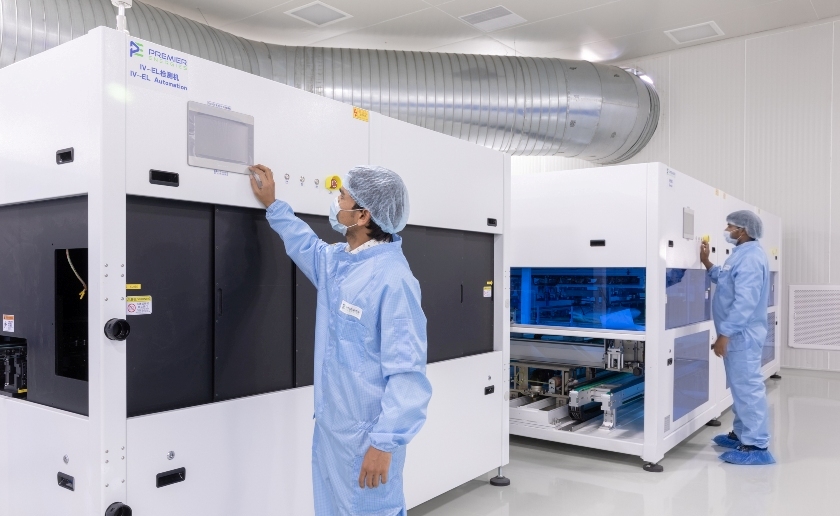The Union ministry of new and renewable energy (MNRE) has recently added eight domestic solar equipment manufacturers under the Approval List of Module Manufacturers (ALMM).
These eight manufacturers have a combined annual capacity of 505 mw of solar modules. The largest of these newly added companies is Gautam Solar Pvt Ltd – both in terms of number of models and the aggregate manufacturing capacity. The company with its manufacturing facility located at Haridwar in Uttarakhand has received approval for nearly 40 types of module models. Gautam’s Solar’s annual manufacturing capacity is 110 mw.
With this, the total solar module capacity approved under the ALMM so far stands at 8,872 mw. The latest list includes a total of 34 manufacturing facilities.
It may be noted that approval for inclusion under ALMM is given to a manufacturing facility, and not to the manufacturer, per se. Some companies like Waaree Energies have multiple manufacturing facilities, which have received separate approval under ALMM.
The single-largest manufacturing facility approved under ALMM is that of Mundra Solar PV Ltd (part of the Adani Group). Located at Tunda in the Mundra SEZ, Gujarat, the facility has an annual solar module manufacturing capacity of 1,100 mw.
The first set of approvals under the ALMM was done on March 10, 2021, followed by the second on August 14, 2021. The latest approval, discussed in this story, was given on September 29, 2021.
It may be mentioned that effective April 1, 2022, India will impose a basic customs duty (BCD) of 25 per cent on solar cells and 40 per cent on solar modules. This has been done with a view to encouraging domestic production.
Also read: Renewable Capacity Addition To Improve In FY22: ICRA
Concessions likely
It is informally learnt that the government is likely to allow some concession in this timeline. Several solar power developers have expressed their inability to complete their ongoing projects by March 31, 2022, and fear serious cost escalations when the proposed BCD kicks in on April 1, 2022. Project costs with the new duty structure are expected to escalate by at least 60 per cent, with the new import duty structure.
To make matters worse, India is already facing difficulty in importing solar cells and modules from China – the principal market. With a view to enforcing lower electricity consumption, China has forced shutdowns on power generation plants—a move that has hampered industrial activity, including manufacture of solar cells and modules. Manufacturing units in China are lying shut sometimes for over a fortnight, especially since they are not allowed to even use DG sets as backup power.
According to Animesh Damani, Managing Partner, Artha Energy Resources, “The ripple effects are also being felt by the renewable energy sector, especially solar power. China is one of the largest providers of solar modules globally. Due to the shortage being caused, solar module manufacturers are refusing to take orders, which has resulted in an increase in price. In fact, module prices have seen an increase of 8%, and are now being quoted at around $27 cents.”
Featured photograph (source: Premier Energies) is for illustration only.



